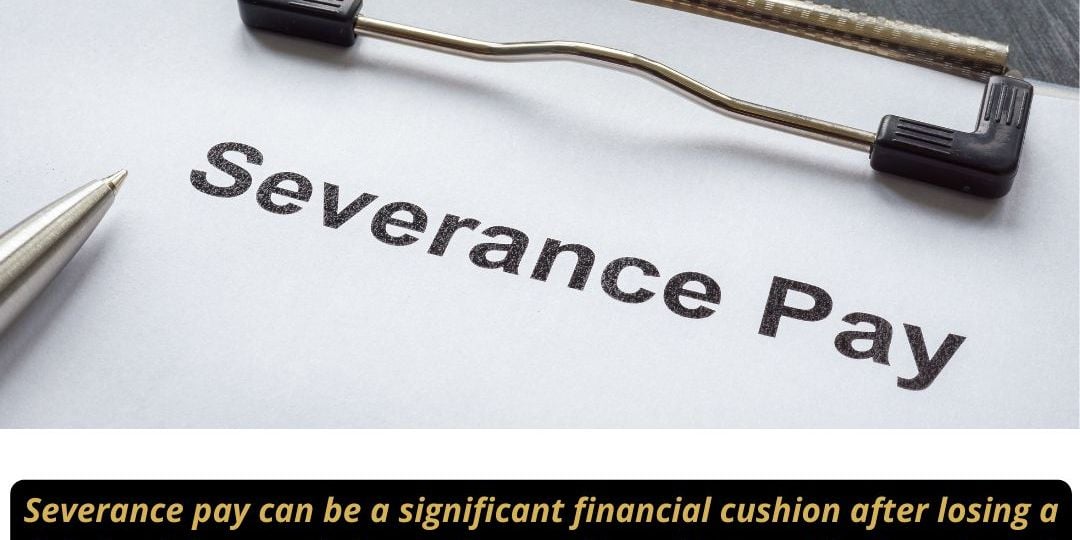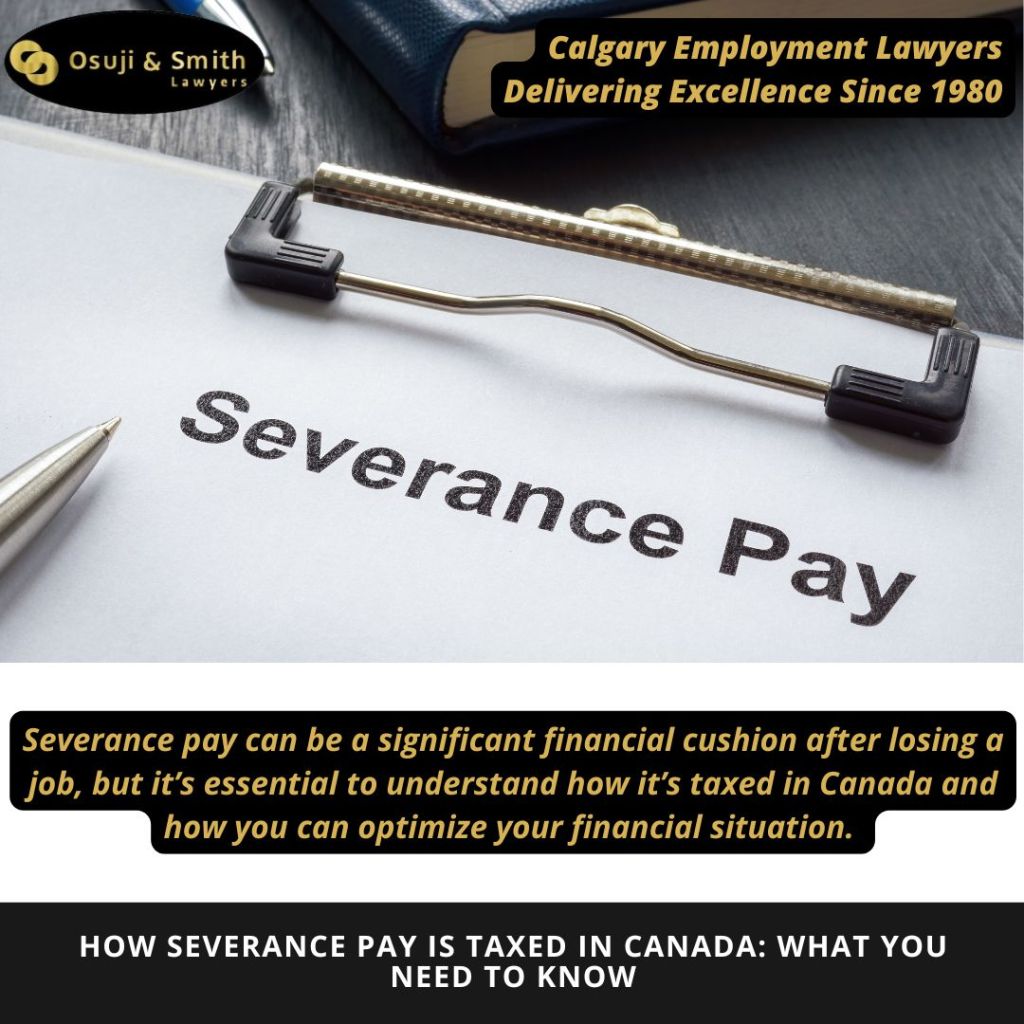
How Severance Pay is Taxed in Canada: What You Need to Know
Severance pay can be a significant financial cushion after losing a job, but it’s essential to understand how it’s taxed in Canada and how you can optimize your financial situation. While severance pay is meant to provide a temporary source of income, it’s important to note that it’s subject to income tax, and the amount you receive may not be as much as you expect. Here’s a breakdown of what severance pay is, how it’s taxed, and strategies to minimize your tax burden.

What is Severance Pay?
Severance pay is compensation provided by an employer when an employee is terminated, laid off, or retires. It recognizes the employee’s service, seniority, and contribution to the company. In some cases, it may also include additional payments such as unused sick leave or vacation time. However, the rules surrounding severance pay vary depending on the jurisdiction.
The Tax Treatment of Severance Pay
Severance pay is treated as employment income by the Canada Revenue Agency (CRA), meaning it’s subject to taxation, CPP and EI deductions. If you receive severance pay in a lump-sum payment, your employer will withhold taxes at the time of payment. However, depending on the amount, the lump sum could push you into a higher tax bracket, resulting in a larger tax deduction than you might expect.
Lump-sum payments are taxed at up to 30% for amounts exceeding $15,000, plus any additional tax based on your marginal tax rate. The CRA applies this tax withholding to ensure that income tax is paid right away, but this doesn’t account for any additional taxes you may owe at the end of the year.
Strategies to Minimize Taxes on Severance Pay
There are several strategies to minimize the taxes you’ll owe on severance pay:
- Salary Continuance vs. Lump-Sum Payment If your employer offers salary continuance, you may receive severance pay as a regular paycheck over a period of time. This option is taxed similarly to regular employment income and may result in lower taxes because the severance is spread out, potentially keeping you in a lower marginal tax bracket.
- Deferring Severance Payments If you’re leaving a job near the end of the year, you may want to consider asking your employer to defer the severance payment until the following tax year. This deferral could help you avoid a higher tax bracket and spread the tax burden over two years, resulting in a lower overall tax rate. However, not all employers offer this option.
- RRSP Transfer One of the most effective ways to reduce the immediate tax burden on severance pay is by transferring it directly into a Registered Retirement Savings Plan (RRSP). If you qualify, your employer will not withhold any tax at the time of the severance payment. The catch is that you’ll be taxed on the funds when you withdraw them from the RRSP later, but this could help you defer taxes to a time when you may be in a lower tax bracket.
To transfer severance pay into an RRSP, you need to have sufficient contribution room in your RRSP. Also, the transfer must occur within 60 days of receiving the severance payment. If you’re married or living with a common-law partner, you can also transfer the severance payment into their RRSP.
- Retiring Allowance Severance pay may qualify as a retiring allowance if it is paid in recognition of long service or as compensation for involuntary job loss. A retiring allowance can be transferred directly into an RRSP without immediate tax implications, which can be a helpful strategy to reduce the amount of tax you owe.
A retiring allowance is generally given to employees who retire after many years of service. It can include severance pay as well as unused sick leave or vacation days. The main distinction is that a retiring allowance is typically paid upon retirement and is not subject to Canada Pension Plan (CPP) or Employment Insurance (EI) premiums.
- Allocation to Legal Fees If legal fees are incurred specifically to recover taxable income, such as severance pay or other wage-related compensation, these fees can reduce the taxable amount of the severance received. For instance, if an employee successfully negotiates or litigates a severance package and pays legal fees in the process, those fees can be subtracted from the severance amount when calculating taxes. As a result, the employee will pay taxes on the net amount after legal fees are deducted, lowering their overall tax liability. While the legal fees themselves are not directly deductible as personal expenses, they can influence the taxable portion of the severance payment.
Non-Taxable Severance
Not all severance-related payments are taxable. Non-taxable damages can include payments for personal injury or discrimination, which are not directly related to the loss of employment but are instead compensation for emotional distress, harassment, or human rights violations. If your severance package includes such non-taxable damages, these amounts will not be subject to tax.
Conclusion
Severance pay can provide critical financial support after a job loss, but understanding its tax implications is key to maximizing your benefit and avoiding surprises at tax time. Whether you’re receiving a lump sum, salary continuance, or a retiring allowance, there are strategies available to minimize taxes and optimize your financial outcome.
If you’re uncertain about how your severance pay will be taxed or how to structure your severance package to reduce your tax burden, the experienced team at Osuji and Smith Lawyers is here to help. Our employment lawyers can guide you through the complexities of severance pay and develop a personalized strategy to ensure you get the most from your severance.
Author: Severance Lawyers Calgary

